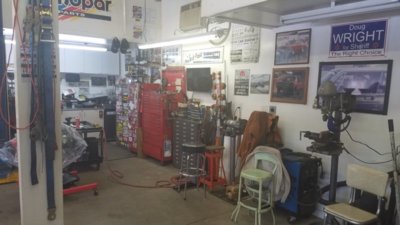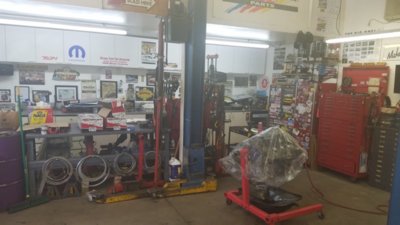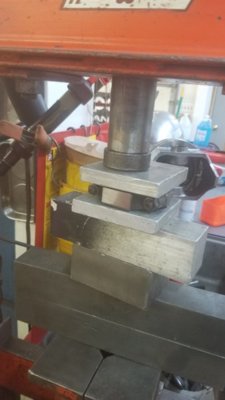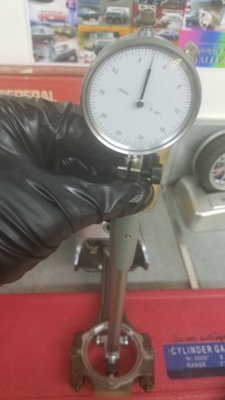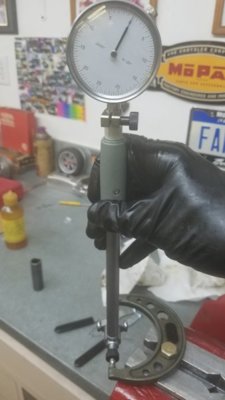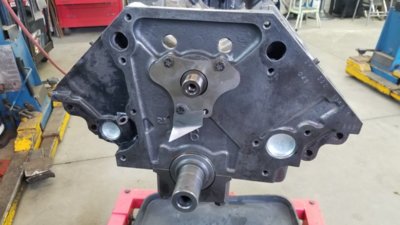A lot here who haven't built an engine or hop up their ride with minimal experience. Some that are thinking about it. Thought it might be good to see it step by step. My background. In the auto repair business in one way or another since 1974. At one time or another have worked on every aspect of the car. This particular engine is a used 360 Magnum. Brand new It was converted to a carb added headers and installed in an 83 D100. Ran well, one trip to the track 14.80s with a full fiberglass cap. Then at very low miles a nut was dropped down the carb. It required 1 sleeve .030" over and was back un service. Truck was wrecked. The motor removed and was going to go into a Dart. That was about 15 years ago. It was taken apart and sat. It got a little rusty setting. I had a customer wanting to hop up his 318 68 Satellite convertible. So we decided a 360 magnum would be an easy upgrade. I rebuilt the 994 using a low gear set to complement the 3.23. So follow along with the engine build. This is the starting point
Doug
 n
n
Doug

